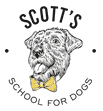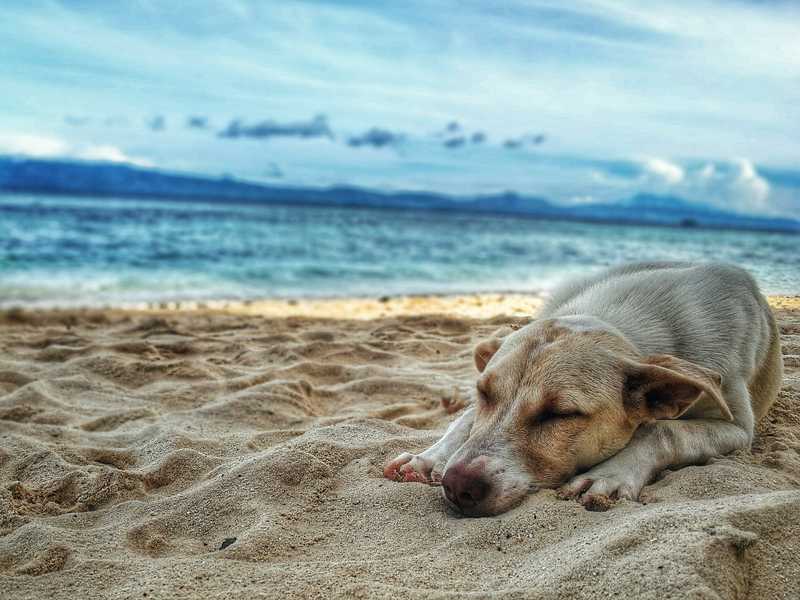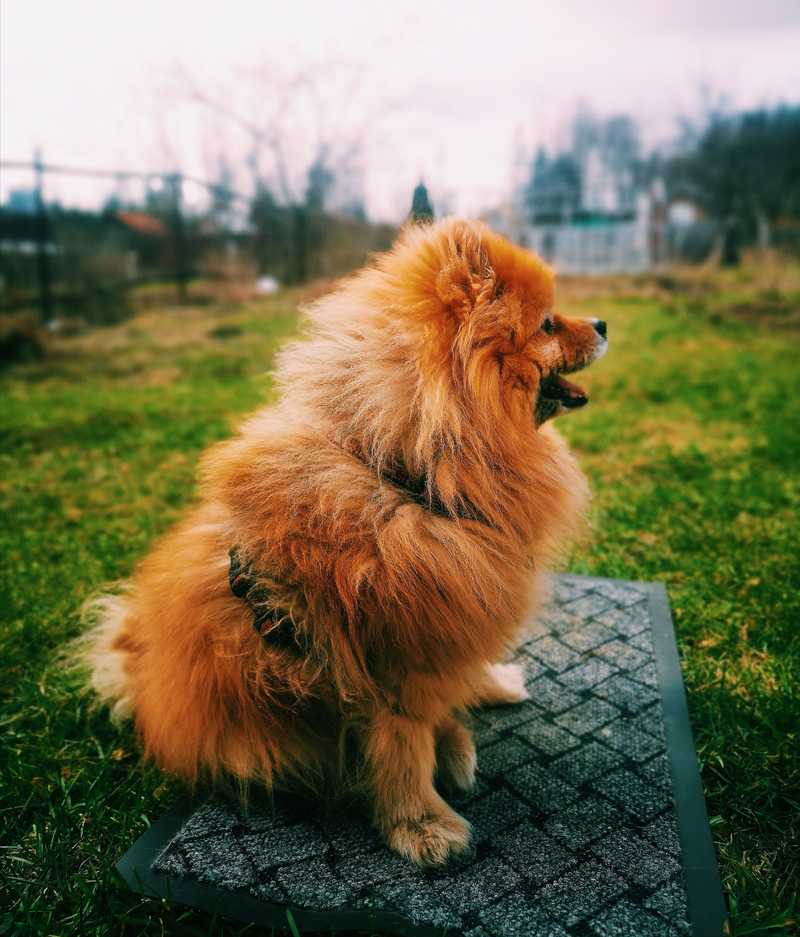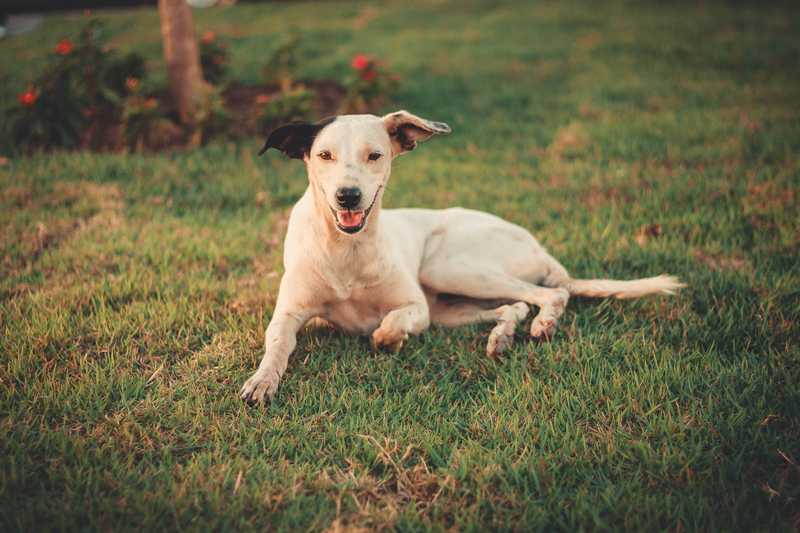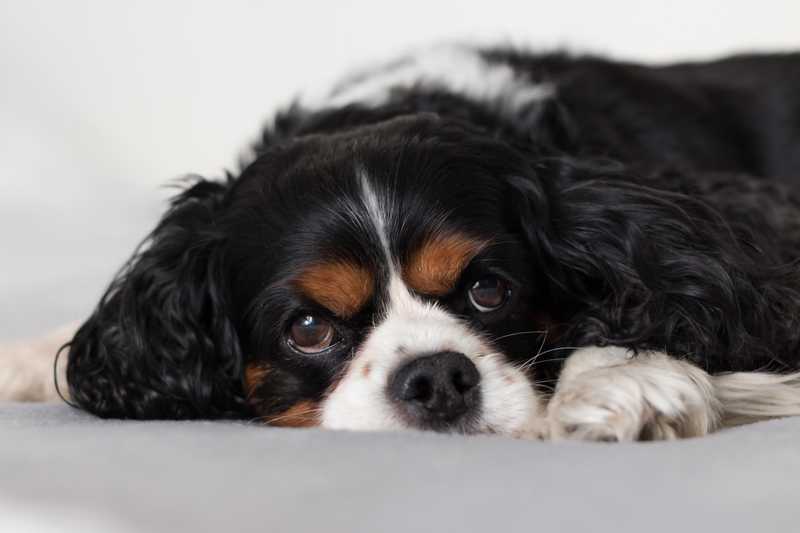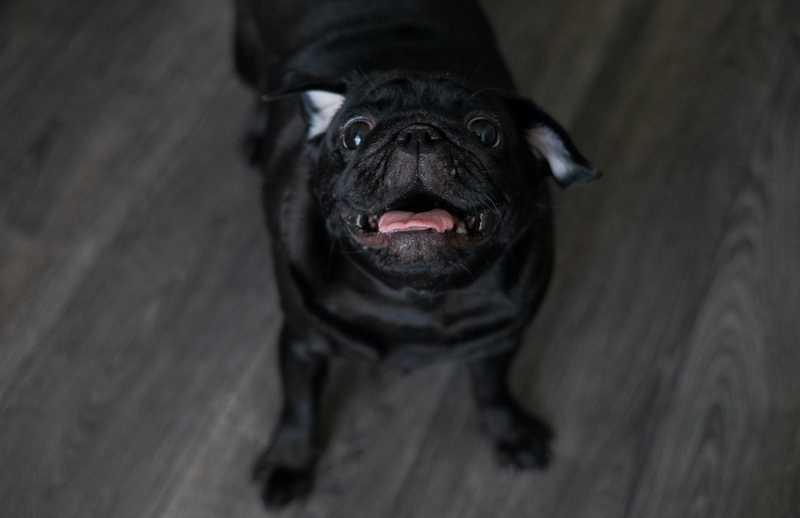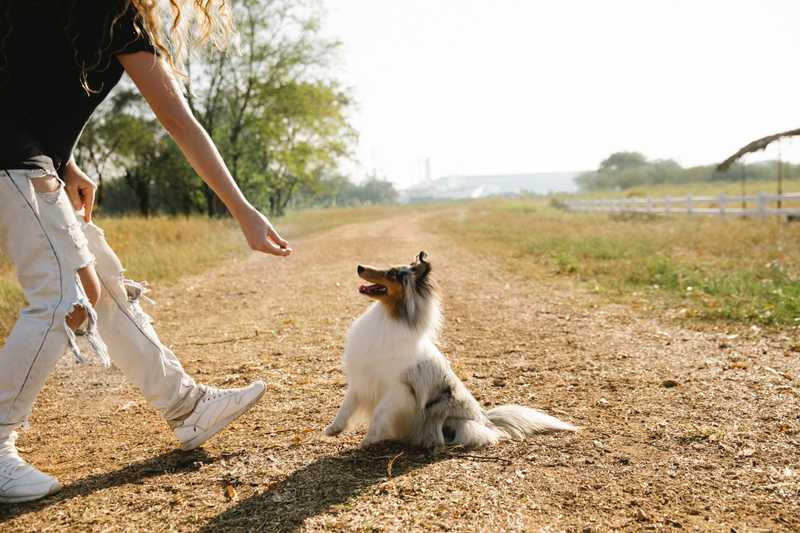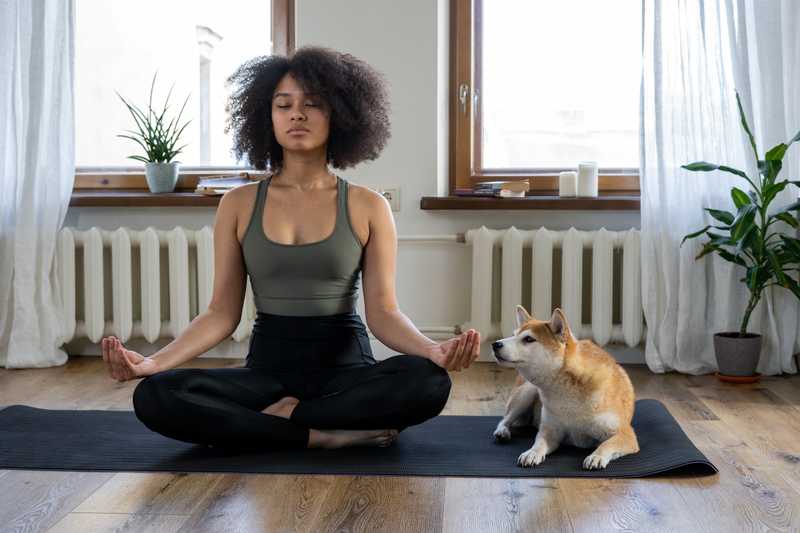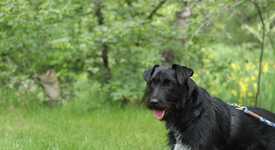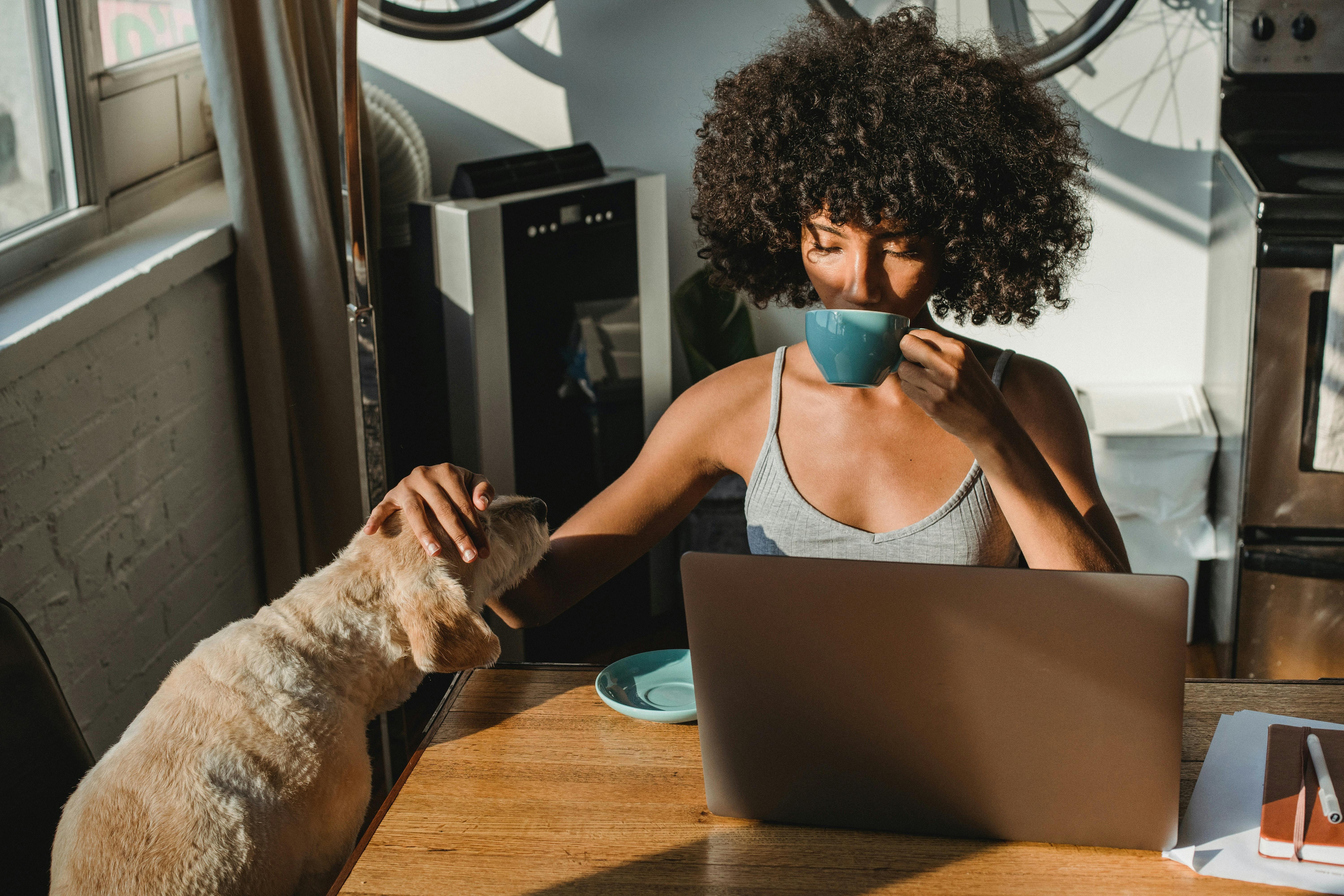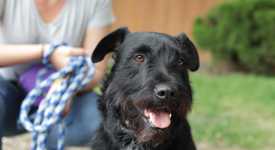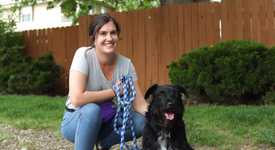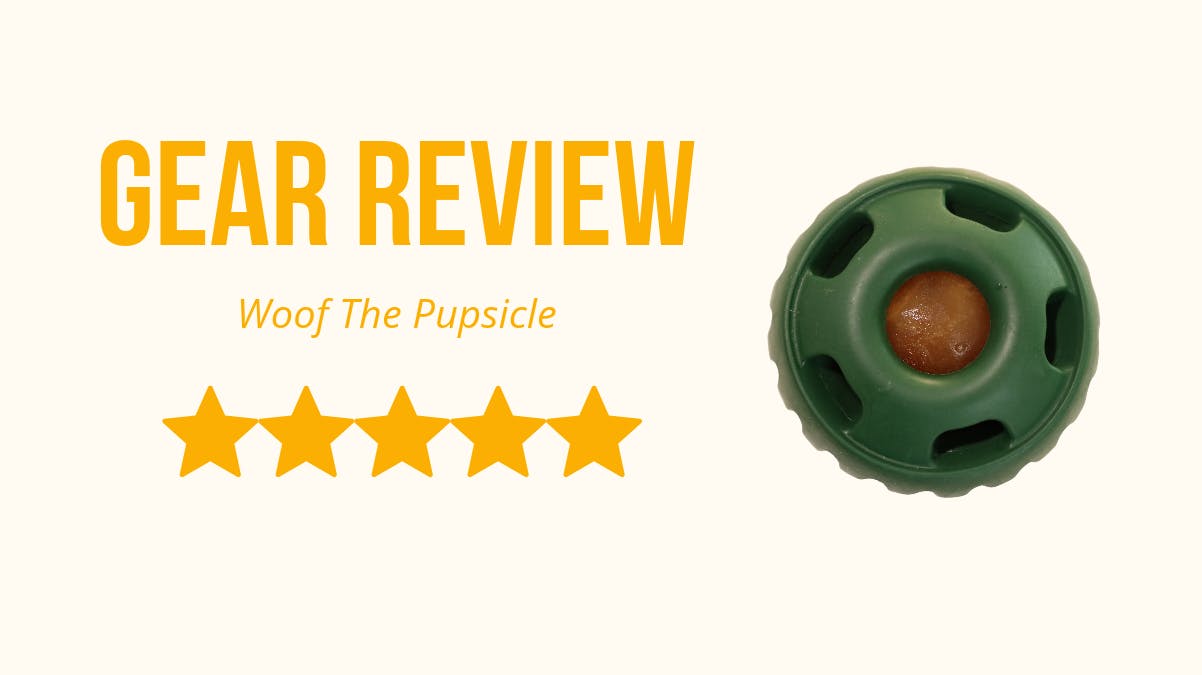Teach Your Dog to Relax with The Relaxation Protocol
Reactivity | By: Taylor Wyllie, KPA CTP | Dec 02, 2022
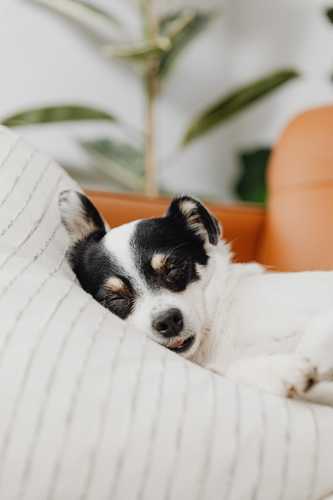
Get Your Free Reactive Dog Masterclass
Unlock the secrets of rehabilitating your reactive dog with this masterclass video
Why The Relaxation Protocol is Game-Changing
Dr. Karen Overall’s Relaxation Protocol was so monumental in my training journey that I can split my time with my reactive dog, Scott, into two halves: Before The Relaxation Protocol and After The Relaxation Protocol.
Before The Relaxation Protocol Scott could not relax, even inside our own home. He would pace and scan and, most of all, bark.
The poor guy couldn’t even sleep, he was so wound up. He’d only eventually pass out after exhausting himself with all that pacing, scanning, and barking.
Enter Dr. Karen Overall’s Relaxation Protocol.
After The Relaxation Protocol, Scott could relax inside his own home. He started taking naps in the sunshine and fell asleep at night without working himself into a frenzy first. It didn’t cure his reactivity by any stretch, but it gave him the ability to rest.
While the ability to relax may seem like something all animals should be able to do intuitively, that is not the case.
Many dogs have a difficult time regulating their own arousal levels. The Protocol (as the cool kids call it) helps to relieve that heightened state of arousal.
Essentially, the Protocol teaches your dog that it pays to chill out.
What Dogs Will Benefit From The Relaxation Protocol?
Every dog could benefit from the Relaxation Protocol, but it's especially helpful for:
- Fearful or anxious dogs
- Hyperaroused dogs (dogs who seem to get "too excited")
- Dogs who struggle to focus
- Puppies (to set you both up for success and potentially prevent behavioral problems down the line)
I also suggest it for people who want to improve or form a bond with their dog (perhaps you've recently adopted your dog).
Fun fact, the Protocol also works for cats.
Should I Use A Mat?
The Relaxation Protocol was designed to help facilitate a state of relaxation, on or off a mat. So, it’s up to you.
Many people choose to do the Protocol on a mat to help their dog learn to love their mat, seeing it as a place to be calm and relaxed.
Once your dog associates their mat with a state of calm:
- You can take your dog’s mat to more exciting locations—a park, brewery, dog training class—and help facilitate a state of calm by having them lay on their mat
- You can have your dog lay on their mat during dinner to prevent begging
- You can teach your dog to go to their mat when guests arrive to encourage calm greetings
- You can use your dog’s mat at the vet to encourage them to get on the scale or be calm during examinations
However, the Protocol does not have to be done on a mat. With a dog that struggles to relax at all, it can be more beneficial to forgo the mat so the dog generalizes the “zen” feeling.
Before Starting The Protocol
Choose a familiar, indoor location without distractions present to work in (try to have other pets or family members in a different area). It's helpful to do the Protocol at a time when your dog is more likely to be relaxed or relaxed-ish. Right when the kids come home from school and the house is in chaos, is probably not it.
Try and be in a calm, relaxed mood yourself.
If you’re using a mat then you can go ahead and lure or cue your dog onto the mat into a down position. If not, just lure or cue your dog into a down on a comfortable space, like a carpet.
I like Dr. Chris Pachel’s technique of teaching your dog a relaxed down, trying to facilitate calmness as much as possible. That means your dog’s hip is out and their body looks like a macaroni noodle.
To get your dog into this macaroni position, once they're in a down put a treat at their nose and use it as a lure, moving it toward the side of their body. They'll usually roll onto their hip to get to the treat. You can practice this a few times before officially starting the Protocol.
Note that it may be really difficult for your dog to stay in a relaxed down position. If needed, you can have your dog in a "regular" down or a sit. Never force it. I mean, if you force them into that relaxed down, well, you see the irony, right?
Once your dog is in position, you can start the Protocol.
How The Protocol Works
Now, the Relaxation Protocol is super simple, if a bit tedious. (Okay, a lot a bit tedious. The hardest thing about this Protocol is seeing it through to the end.)
You do a series of tasks while your dog stays relaxed, either laying down or sitting. After you do the task, you calmly give your dog a treat and gentle, calm praise. Then you do the next task. Each grouping of tasks takes about 15-20 minutes to complete.
The goal here is that your dog stays in position, even as they are eating the treat. That way you can move straight from one task to the next. You can help encourage this by giving the treat directly to your dog (instead of having them get the treat from you). Positioning the treat between your dog's paws while they're in a down can help them stay in that down.
Additionally, ensure you're moving through the Protocol slowly enough that your dog can handle the task you're doing (more on this in a moment).
Once you've completed all of the tasks, calmly tell your dog "all done" and move on.
Every day, over the course of fifteen days, the tasks become harder.
On Day One, you mostly just stand there.
By Day Fifteen, you’re in another room knocking on the wall.
Other tasks include clapping your hands, circling your dog, walking to the front door, and touching your toes.
Go Slow to Go Fast
The Protocol as written is split into Days, but I encourage you to think of them as Activity Blocks. So, for example, it's not Day 13 but Activity Block 13.
This is because your dog may not be ready for Day 2 on your second day of training. It might take longer than that, which is totally normal and common.
Now, remember, the Relaxation Protocol is not a strict training plan. This isn't a "stay" exercise. You are trying to help your dog to learn to relax.
So, if your dog can technically “pass” a behavior—they don't get up—but look like they're building stress then slow down.
Your dog successfully passes when he can get through a step easily while looking calm and relaxed the entire time. Scott has actually fallen asleep while we’ve practiced this (maybe that’s too relaxed…)
A relaxed dog has:
- A loose body
- Relaxed / squinty eyes
- Relaxed ears
- A loose mouth
Pro Tip: Pay attention to your dog's body language when they're happy, relaxed, and calm. That way, you know what to look for while performing the Protocol.
There’s no shame in going your dog’s pace. In fact, you'll see faster progress if you go slowly and actually reinforce relaxation.
I want to note that it can be hard to motivate yourself to keep going. While it's ideal to do the Protocol daily, it's better to do it a couple of times a week than not at all—or a couple of times a week happily than every day while in a bad mood. Like all training, try and find a schedule you can realistically stick to.
You also don’t have to do all the tasks in one session. If you don’t have the time or patience—or if your dog is having a hard day—you can do a couple of the tasks and move on. It's better to do only a few tasks while having fun than rush through them all annoyed.
What if My Dog “Fails?”
If your dog “fails” either by getting up or showing any signs of stress, simply get your dog back into position with a cue or lure, break down the task into smaller steps, and try one more time. There's no need to tell your dog they did something wrong.
For example, one of the tasks is to walk away from your dog, open the door, say “hello” to a fake guest, close the door, and return to your dog.
That can be broken down into 1) walking away from your dog, 2) walking all the way to the door, 3) opening the door, 4) saying hello, 5) closing the door, and 6) returning to the dog. (It can even be broken down into smaller steps if needed.) Once you get your dog back in a down, take a couple of steps away. If they pass that, walk to the door. If they pass that, open the door… and you get the idea.
Then try that Activity Block again the next day.
If your dog “fails” two times in a row then ask for something really easy—staying in a sit or down while you count to 1—before calling it a day. Try again tomorrow.
I put “fail” in quotation marks because there isn’t any real failure here. You’re teaching your dog how to relax. If they can’t relax that’s only giving you information.
How to Choose the Right Treats
When it comes to treats, I recommend using something more high-value than kibble but not something your dog is obsessed with. Think hard, crunchy treats like Charlee Bears.
If your dog seems to have trouble focusing—they almost seem too bored and want to walk away—up the value of your treats.
If your dog seems to be too hyper-aroused and can't sit still for even a second, try using a lower-value treat.
Regardless of treat value, the treats should be about pea-sized. Keep them in a pocket or training pouch, so your dog doesn't hyper-fixate on the treats in your hands.
Reaching the End of the Protocol
Once you complete all fifteen Activity Blocks inside your home, it’s time to practice outside. Sometimes, the tasks don’t make sense for an outdoor environment, so just adjust them to fit the situation.
And, once you’ve completed Activity Blocks 1-15 both inside and outside—congratulations!
That’s an amazing accomplishment. You should take the time to celebrate your commitment to your pup. Perhaps that chocolate cake from the bakery down the street that’s been calling your name (or maybe that’s just me?).
And it doesn’t have to mean “the end.” You can come up with increasingly difficult activities or increasingly difficult environments to practice in.
You can also just reward your dog for relaxing while you’re doing mundane tasks. While I do yoga at home, I settle Scott on his mat and occasionally toss him a treat. I call it his “doggy yoga.” You can be creative here, incorporating activities you do in your daily life.
That’s all there is to it. Simple, right? But game-changing.
The PDF version of the Protocol
(The tasks start on page 7.)
An Easier Way To Do The Relaxation Protocol
Before I decided to go into professional training, my web-developer partner developed CalmDog to make doing the Relaxation Protocol easier for us.
It lists every task, one at a time, for each Activity Block, so you don’t get overwhelmed. It counts the seconds for you during tasks that require duration. It keeps track of your progress. And it’s easier to read than a PDF on your phone.
In an effort to get every single dog guardian out there doing the Relaxation Protocol, we’ve made it freely available to anyone.
Here’s how it works:
- Open a browser on your desktop or smartphone
- Go to Calmdog.app
- Viola, that's it.
Good luck! I hope this incredible Protocol helps you as much as it did us.
